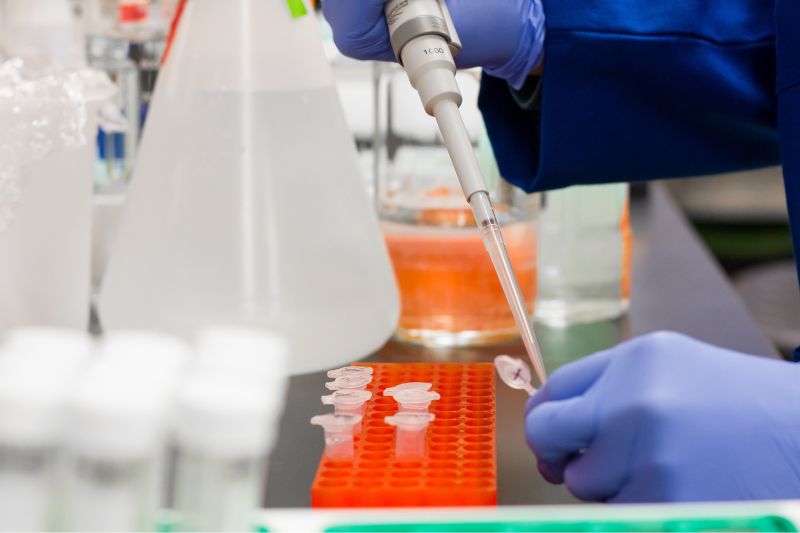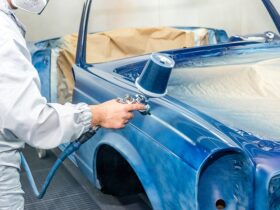No products in the cart.
Useful Steps How To Choose The Right Laboratory Equipment

Choosing the right laboratory equipment can be a daunting task. But with careful thought and research, you can find the best solution for your lab that meets all of your requirements while still staying within budget. It’s important to choose the right pieces of equipment that will enable you to do the job safely, efficiently, and accurately. Here are some useful tips to help you find the right tools for your lab.
1. Sealing Film
Make sure to purchase a quality sealing film that is designed for use in the laboratory. This will ensure that your experiments and materials stay safe and secure. Look for a product that has been tested and certified by independent laboratories. For example, bespoke sealing solutions are available that can be tailored to your exact needs. If you need something more specific, look for a company that can custom-design your sealing film. While these solutions tend to be more expensive, they can provide a higher quality product and a longer-lasting solution. This will save you money in the long run.
2. Laboratory Instruments
Once you have a basic understanding of the type of laboratory equipment you may need, it’s time to start researching individual products and instruments. What type of measurement and accuracy are you looking for? Is a specific brand or model name preferred? Are there any special features that your research requires? If so, make sure they’re included in the instruments you choose. Consider cost versus quality when selecting instruments—you want something reliable that won’t break down quickly and will stay within budget. Make sure to read customer reviews before making a final decision.
3. Maintenance and Service
Once you’ve selected the right laboratory equipment and it’s been installed, you need to think about maintaining and servicing it. Make sure to choose a manufacturer that offers an excellent service and maintenance plan—this can save time and money in the long run, as proper maintenance is essential for keeping your equipment operating correctly and efficiently. Also, be sure to inquire about spare parts availability; if something breaks down or needs replacing, you want to know that replacements are readily available.
Finally, consider how often the equipment will need servicing or cleaning as dust can affect the accuracy of results.
4. Safety First
Make sure that the laboratory equipment you choose meets all relevant safety standards and requirements. To ensure the best results and minimize risk, purchase equipment from reputable suppliers who guarantee their product quality and safety. In addition, make sure to read the user manual thoroughly before operating any device. If possible, test out the device in a safe environment first or speak with an expert about its use before taking it into a laboratory setting.
By following these tips, you can make sure that your chosen laboratory equipment is safe for your staff and experiments alike. It’s also important to make sure that all safety protocols are followed and that any hazardous materials are stored, labeled, and handled appropriately.
5. Get the Right Support
Make sure you have the right support systems in place when selecting lab equipment. This includes maintenance and calibration services, technical support, and access to spare parts. Establishing these relationships for all of your equipment can help ensure that your laboratory runs smoothly over its lifetime. Talk to other laboratories about the brands they prefer and take advantage of any extended warranties offered by the manufacturer or supplier.
With proper care, you’ll be able to get more use out of your laboratory instruments with fewer headaches down the road.
6. Consider Future Needs
To ensure you get the most from your laboratory equipment purchase, it’s important to consider future needs. When looking for new equipment, think about what type of experiments and activities you might need to be able to conduct in the near future. If your research is growing or if you’re starting a new project, make sure to take these potential needs into consideration when selecting laboratory equipment. Additionally, plan ahead and invest in items that have proven reliability and are appropriate for the specific task at hand. Future-proofing your lab can save time, money, and frustration down the line!
Choosing the right laboratory equipment can be a complex and time-consuming process, but it doesn’t have to be. By taking into account your needs, researching individual products, maintaining and servicing instruments, following safety protocols, getting the right support systems in place, and considering future needs, you can ensure that you make the best selection for your lab. With the right laboratory equipment, you can get the most out of your research and experiments for years to come!










Leave a Reply